Refine listing
Actions for selected content:
2251 results in Cambridge Elements
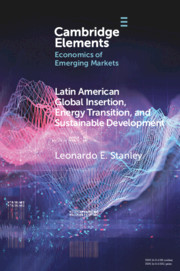
Latin America Global Insertion, Energy Transition, and Sustainable Development
-
- Published online:
- 06 November 2020
- Print publication:
- 03 December 2020
-
- Element
- Export citation
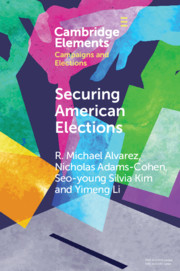
Securing American Elections
- How Data-Driven Election Monitoring Can Improve Our Democracy
-
- Published online:
- 05 November 2020
- Print publication:
- 26 November 2020
-
- Element
- Export citation
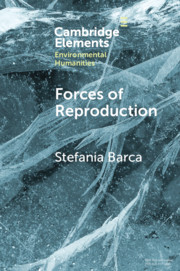
Forces of Reproduction
- Notes for a Counter-Hegemonic Anthropocene
-
- Published online:
- 03 November 2020
- Print publication:
- 26 November 2020
-
- Element
- Export citation
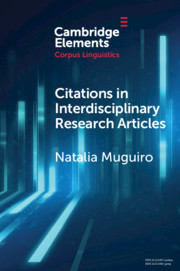
Citations in Interdisciplinary Research Articles
-
- Published online:
- 02 November 2020
- Print publication:
- 03 December 2020
-
- Element
- Export citation
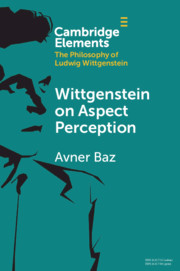
Wittgenstein on Aspect Perception
-
- Published online:
- 02 November 2020
- Print publication:
- 26 November 2020
-
- Element
- Export citation
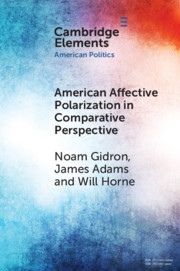
American Affective Polarization in Comparative Perspective
-
- Published online:
- 02 November 2020
- Print publication:
- 03 December 2020
-
- Element
- Export citation
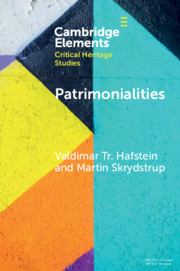
Patrimonialities
- Heritage vs. Property
-
- Published online:
- 02 November 2020
- Print publication:
- 03 December 2020
-
- Element
- Export citation
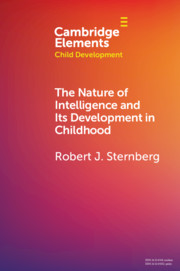
The Nature of Intelligence and Its Development in Childhood
-
- Published online:
- 02 November 2020
- Print publication:
- 03 December 2020
-
- Element
- Export citation
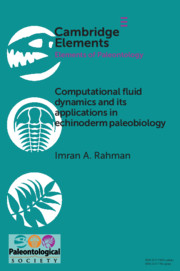
Computational Fluid Dynamics and its Applications in Echinoderm Palaeobiology
-
- Published online:
- 30 October 2020
- Print publication:
- 19 November 2020
-
- Element
- Export citation
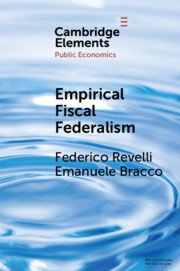
Empirical Fiscal Federalism
-
- Published online:
- 29 October 2020
- Print publication:
- 04 February 2021
-
- Element
- Export citation
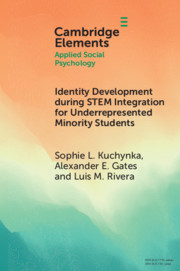
Identity Development during STEM Integration for Underrepresented Minority Students
-
- Published online:
- 29 October 2020
- Print publication:
- 26 November 2020
-
- Element
- Export citation
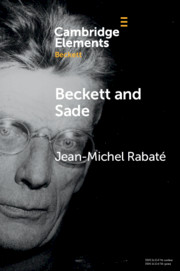
Beckett and Sade
-
- Published online:
- 27 October 2020
- Print publication:
- 19 November 2020
-
- Element
- Export citation
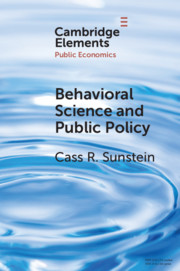
Behavioral Science and Public Policy
-
- Published online:
- 26 October 2020
- Print publication:
- 12 November 2020
-
- Element
- Export citation

Heritage Justice
-
- Published online:
- 26 October 2020
- Print publication:
- 19 November 2020
-
- Element
- Export citation
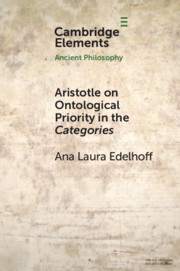
Aristotle on Ontological Priority in the Categories
-
- Published online:
- 23 October 2020
- Print publication:
- 19 November 2020
-
- Element
- Export citation
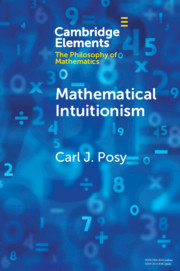
Mathematical Intuitionism
-
- Published online:
- 22 October 2020
- Print publication:
- 12 November 2020
-
- Element
- Export citation
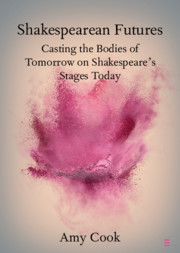
Shakespearean Futures
- Casting the Bodies of Tomorrow on Shakespeare's Stages Today
-
- Published online:
- 21 October 2020
- Print publication:
- 19 November 2020
-
- Element
- Export citation
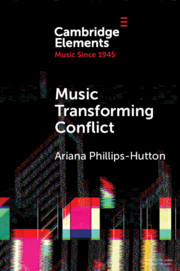
Music Transforming Conflict
-
- Published online:
- 20 October 2020
- Print publication:
- 12 November 2020
-
- Element
- Export citation
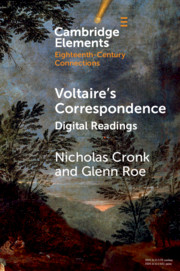
Voltaire's Correspondence
- Digital Readings
-
- Published online:
- 20 October 2020
- Print publication:
- 12 November 2020
-
- Element
- Export citation
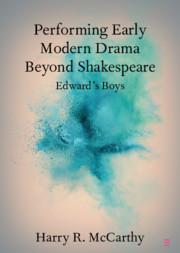
Performing Early Modern Drama Beyond Shakespeare
- Edward's Boys
-
- Published online:
- 20 October 2020
- Print publication:
- 12 November 2020
-
- Element
- Export citation
